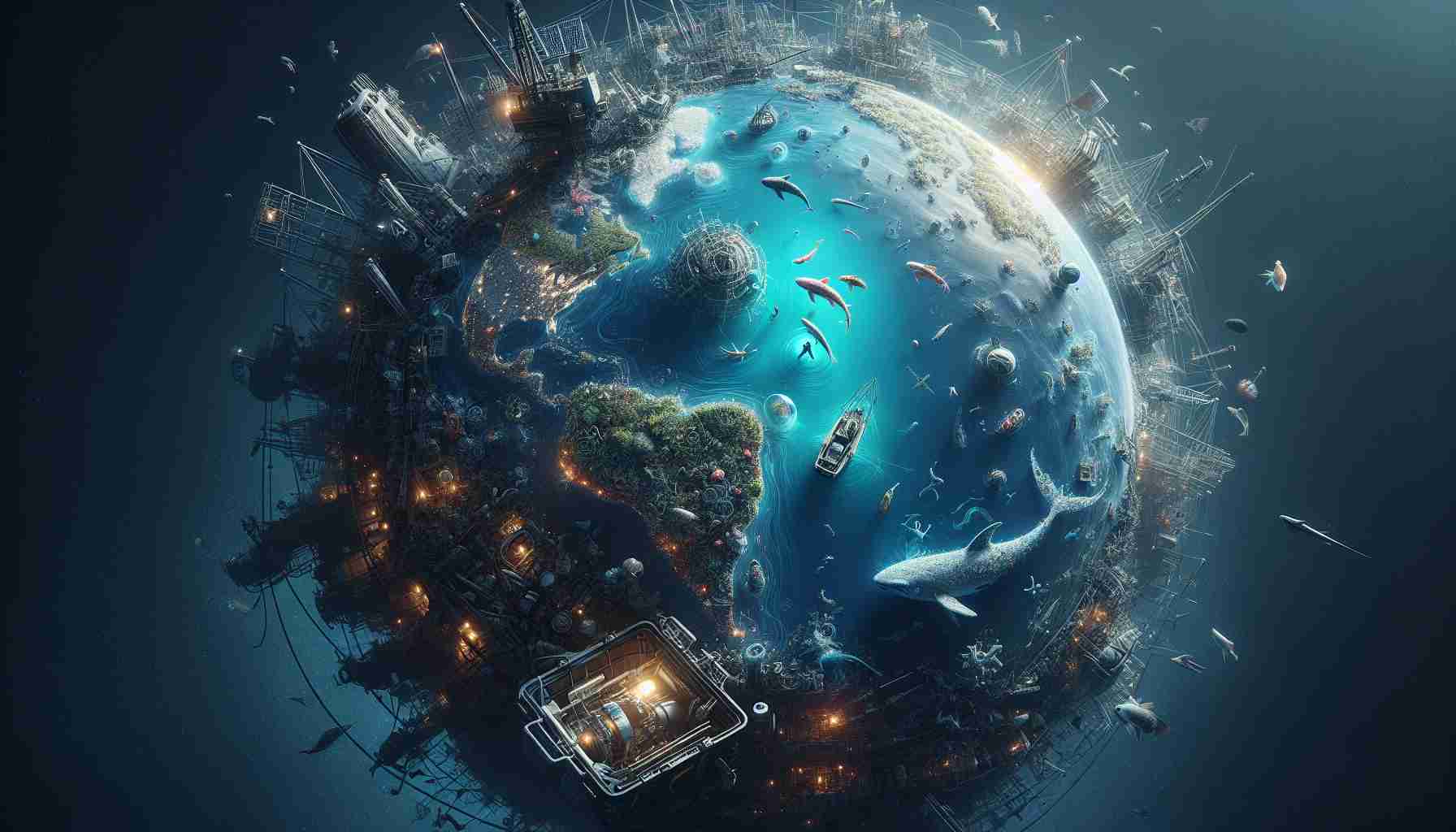A newly published map uses artificial intelligence and satellite data to reveal industrial activity on the ocean over a five-year period. According to the research, as much as 75% of fishing vessels were not visible in AIS monitoring systems, significantly changing our knowledge of the scale and location of fishing.
These findings are incredibly important because transparency in monitoring industrial activities on the ocean is crucial for preventing environmental degradation, overfishing, and illegal fishing. They also enable countries to better manage their ocean resources.
Researchers utilized data from AIS devices, which transmit information on the location and activity of ships, as well as satellite data such as radar images and optical pictures. This resulted in the most comprehensive publicly available map of industrial activity on the ocean.
It was found that many fishing vessels were not visible in AIS monitoring systems, and a large portion of this activity took place in Africa and South Asia. AIS data suggests that Asia and Europe have similar amounts of fishing activity, but our map reveals that Asia dominates – for every 10 fishing vessels, 7 are in Asia, and only one is in Europe.
In the case of other vessels such as transportation and energy-related ships, approximately 25% were not visible in AIS monitoring systems. Many of these ships were in areas where AIS reception was weak, so it’s possible that the ships were transmitting their location but the satellites did not receive the transmission.
Our map also reveals the presence of approximately 28,000 marine structures, such as oil platforms and wind turbines. The number of offshore wind turbines has doubled globally, mostly in Northern Europe and China. We estimate that by the end of 2020, the number of wind turbines likely exceeded the number of oil structures.
These data are publicly available on the Global Fishing Watch website and will be updated over time. They can be applied in various areas such as monitoring fishing activities in data-poor regions, combating illegal fishing, identifying violations of economic sanctions, analyzing greenhouse gas emissions, and assessing the environmental impact of energy development.
It is important that we have complete and reliable knowledge of human activity on the ocean to properly manage its resources and protect marine environment.
FAQ:
1. What data did the researchers use in their study?
The researchers utilized data from AIS devices, which transmit information on the location and activity of ships, as well as satellite data such as radar images and optical pictures.
2. What percentage of fishing vessels were not visible in AIS systems?
According to the research, as much as 75% of fishing vessels were not visible in AIS monitoring systems.
3. Why are studies on industrial activity on the ocean important?
These studies are incredibly important because transparency in monitoring industrial activities on the ocean is crucial for preventing environmental degradation, overfishing, and illegal fishing. They also enable countries to better manage their ocean resources.
4. Where was the majority of unregistered fishing vessels noted?
A large portion of unregistered fishing activity took place in Africa and South Asia.
5. What difference did the map reveal compared to AIS data?
AIS data suggests that Asia and Europe have similar amounts of fishing activity, but our map reveals that Asia dominates – for every 10 fishing vessels, 7 are in Asia, and only one is in Europe.
6. Why were some ships not detected in AIS systems?
In the case of other vessels such as transportation and energy-related ships, approximately 25% were not visible in AIS monitoring systems. Many of these ships were in areas where AIS reception was weak, so it’s possible that the ships were transmitting their location but the satellites did not receive the transmission.
7. What other information does the map reveal besides fishing vessels?
The map also reveals the presence of approximately 28,000 marine structures, such as oil platforms and wind turbines. The number of offshore wind turbines has doubled globally, mostly in Northern Europe and China.
8. Where can these data be found publicly?
These data are publicly available on the Global Fishing Watch website.
9. What are the possible applications of these data?
These data can be applied in various areas such as monitoring fishing activities in data-poor regions, combating illegal fishing, identifying violations of economic sanctions, analyzing greenhouse gas emissions, and assessing the environmental impact of energy development.
10. Why do we need complete and reliable information about human activity on the ocean?
It is important that we have complete and reliable knowledge of human activity on the ocean to properly manage its resources and protect the marine environment.
Glossary:
– AIS (Automatic Identification System) – an automated identification system used in maritime navigation to track ships and exchange information about their location and activity.
Sources:
– Global Fishing Watch
The source of the article is from the blog aovotice.cz
